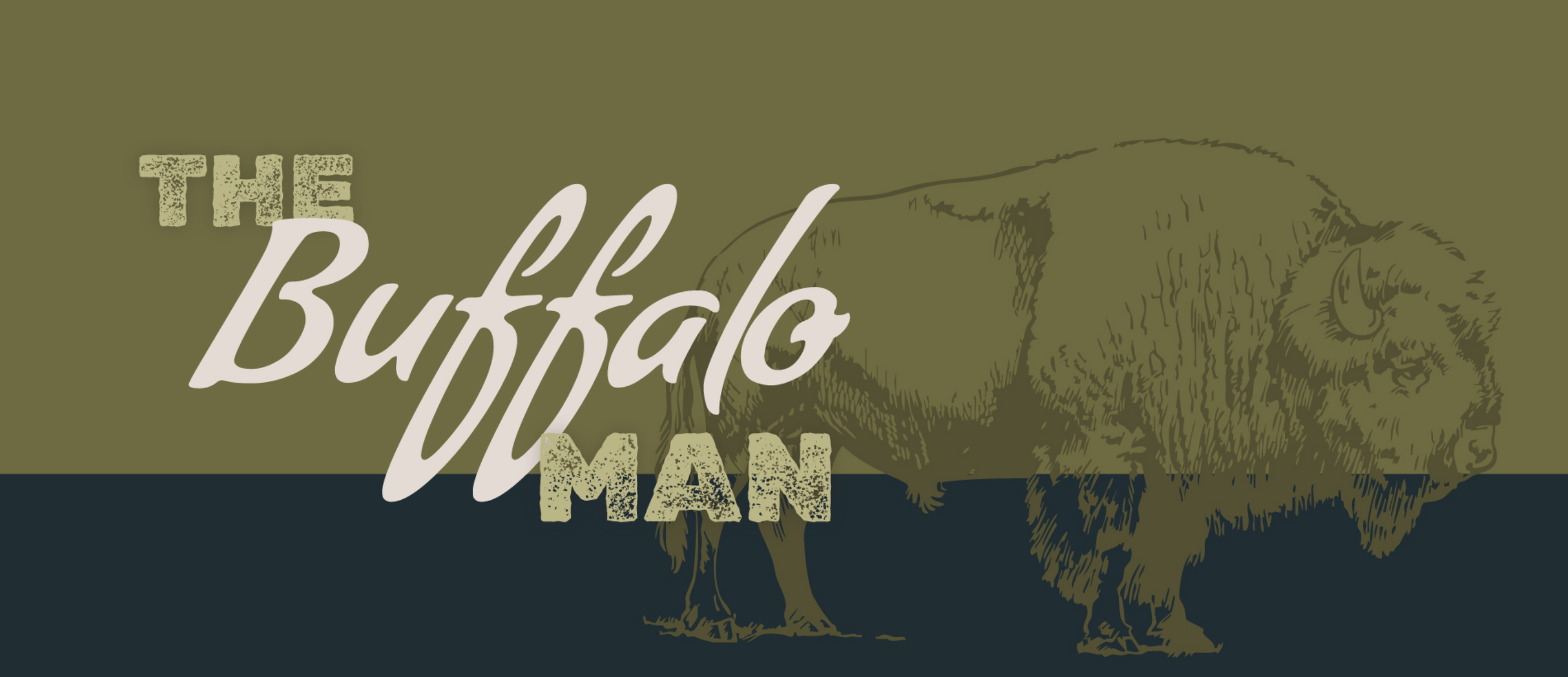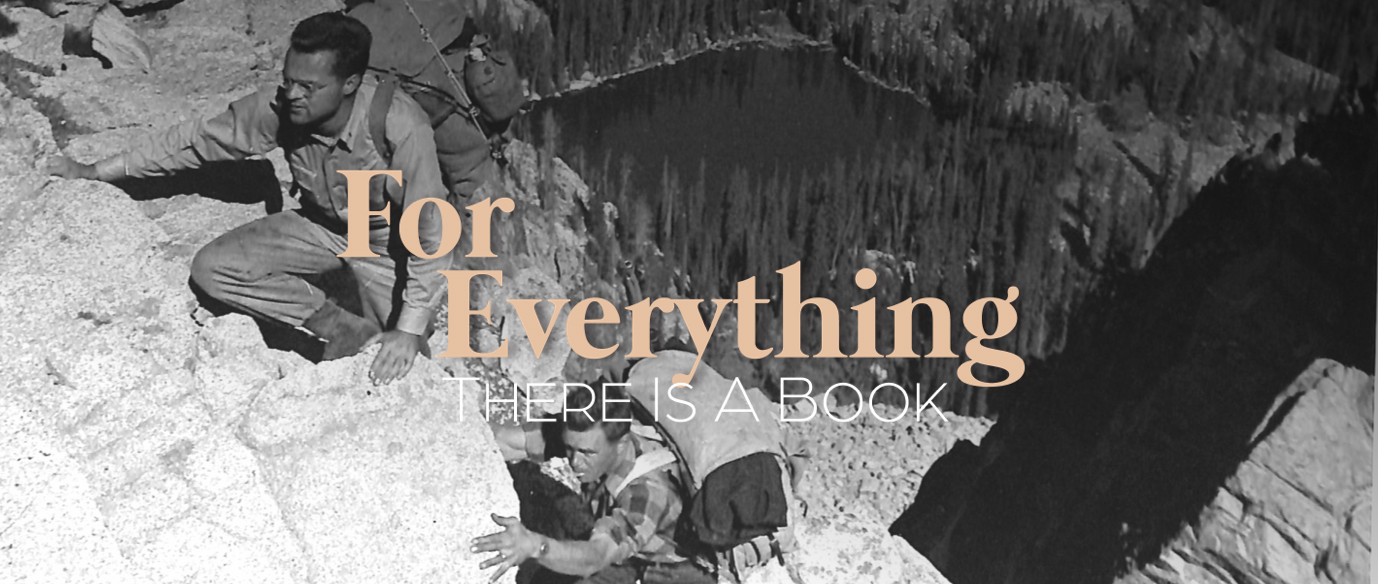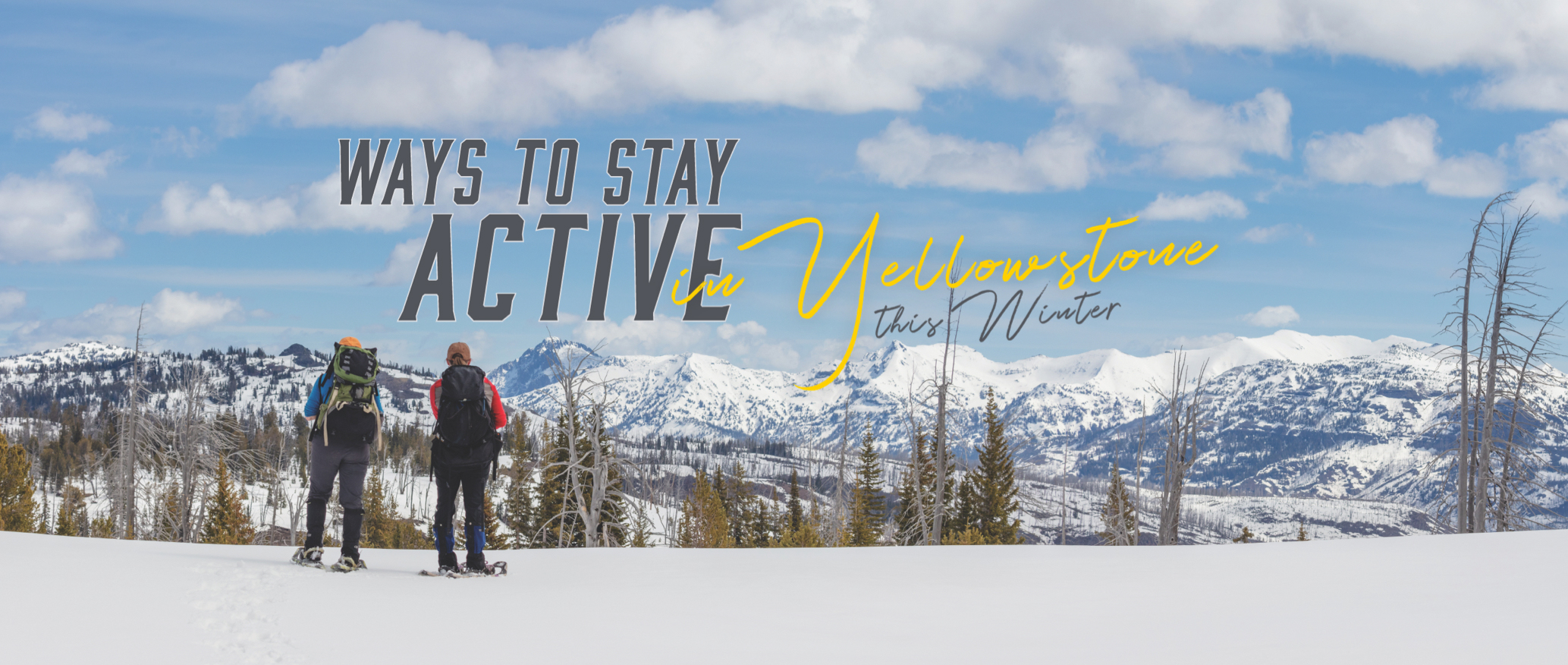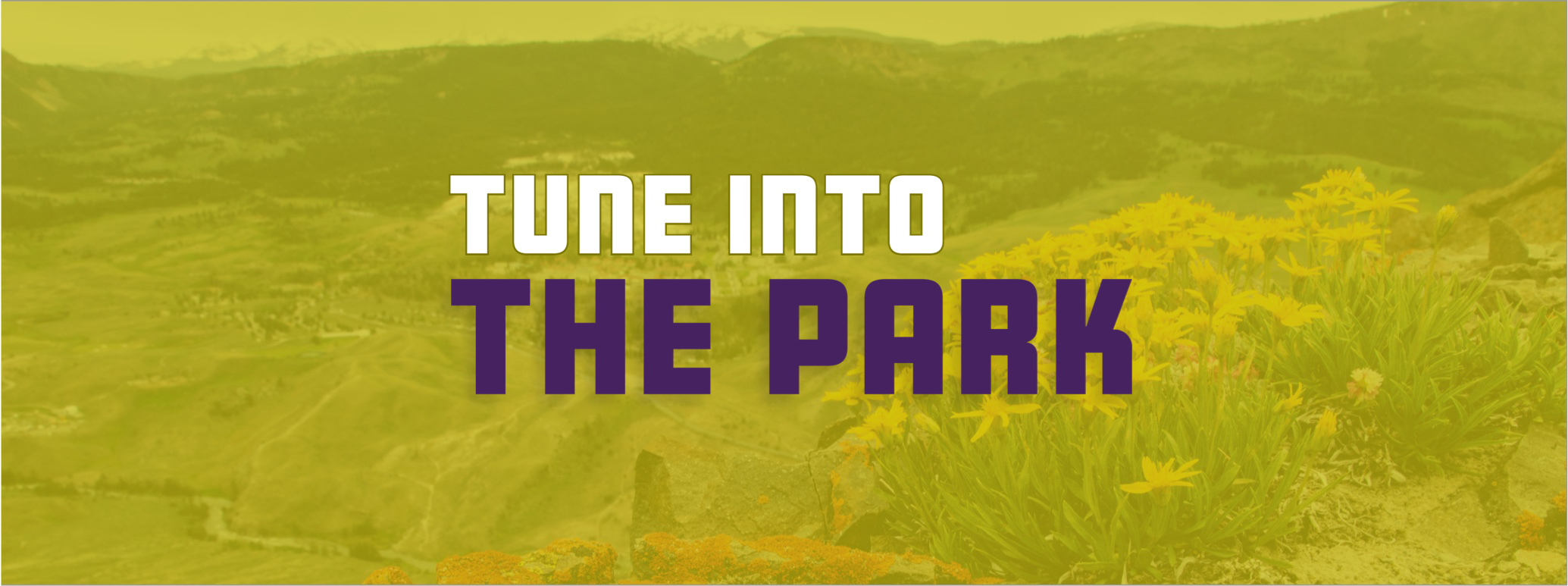He drove up in April from the Grand Canyon, where he’d spent a year working as a search-and-rescue ranger, and when he reached Yellowstone’s south gate, he punched in his brand-new employee code and entered the park. But Geremia had only made it a quarter mile up the freshly plowed road when he found a shaggy, 2,000-pound bull blocking his path.
“I thought to myself, ‘This is a once in a lifetime experience. This will never happen again,’” Geremia said. “I just had no idea.”
Geremia came to Yellowstone because he wanted to work with wildlife, but he’s the first to admit that he was far from an expert. He had a math degree from Colgate University, no direct experience working with animals, and he’d been hired as a law enforcement ranger in Canyon Village, a far cry from biology fieldwork. That first year, however, he planned to volunteer with some of the wildlife teams, and he managed to score an assignment tracking lynx along the east side of Yellowstone Lake and another following pronghorn as they migrated across the park. Then he got a call from Rick Wallen.
Wallen, who was Yellowstone’s bison biologist at the time, said, “I need somebody who knows how to ski in the winter time, isn’t afraid to live in a snow cave, and can pick up buffalo shit.” Geremia didn’t know much about buffalo, but that he could manage.“
I’m your guy,” Geremia told him.
BY FISCHER GENAU
When Chris Geremia arrived in Yellowstone National Park in 2002, he didn’t know a thing about buffalo.

Photos by Fischer Genau. Geremia poses for a portrait in Yellowstone’s Mammoth Headquarters, where he works as the park’s senior bison biologist and manages the biggest herd of wild bison on the planet.
Twenty-two years later, Geremia is in charge of the biggest herd of wild bison on the planet. As Yellowstone’s senior bison biologist, he presides over roughly 4,000 of North America’s largest mammals in their last great stronghold, working to conserve the species and their ecology and balancing the interests of those who believe bison should run wild across North America and others who believe bison should never leave the park’s borders.
Buffalo used to roam North America in the tens of millions until colonists and eventually the U.S. government and army all but exterminated the species. By 1901, only 25 wild bison remained in the country, and all of them lived in Yellowstone. The herd that Geremia manages is descended from those survivors, and when visitors pour into Lamar Valley in the summers and gaze down upon a plain filled with buffalo, they’re looking at the last remnants of an ancient species in its ancestral homeland.
“In most people it kindles this feeling, this reconnection to our past that’s been lost,” Geremia said. “That’s why I care so much. Things like the Lamar, things like buffalo on big landscapes moving in tune with snow melt, with grass, and learning how to evade predators… Things like that need to exist in North America.”
Geremia is softspoken, but when he talks about buffalo, his voice grows reverent. Over two decades spent in Yellowstone have left their mark on him, and a listener can hear echoes of the hundreds, if not thousands of hours he’s spent shadowing the gentle giants in his careful, patient speech. Geremia lives in Jardine, a small village north of Gardiner, with his wife and nine-year-old son, and though he’s now 46, he could pass for 10 years younger. When we met, Geremia joked that he had shaved off all his gray hairs that morning, and despite the wash of stubble splashed across his cheeks, his laugh gave his face the open, guileless expression of a boy’s.
Buffalo used to roam North America in the tens of millions until colonists and eventually the U.S. government and army all but exterminated the species. By 1901, only 25 wild bison remained in the country, and all of them lived in Yellowstone. The herd that Geremia manages is descended from those survivors, and when visitors pour into Lamar Valley in the summers and gaze down upon a plain filled with buffalo, they’re looking at the last remnants of an ancient species in its ancestral homeland.
“In most people it kindles this feeling, this reconnection to our past that’s been lost,” Geremia said. “That’s why I care so much. Things like the Lamar, things like buffalo on big landscapes moving in tune with snow melt, with grass, and learning how to evade predators… Things like that need to exist in North America.”
Geremia is softspoken, but when he talks about buffalo, his voice grows reverent. Over two decades spent in Yellowstone have left their mark on him, and a listener can hear echoes of the hundreds, if not thousands of hours he’s spent shadowing the gentle giants in his careful, patient speech. Geremia lives in Jardine, a small village north of Gardiner, with his wife and nine-year-old son, and though he’s now 46, he could pass for 10 years younger. When we met, Geremia joked that he had shaved off all his gray hairs that morning, and despite the wash of stubble splashed across his cheeks, his laugh gave his face the open, guileless expression of a boy’s.

Geremia walks with fellow bison biologist Doug Blanton in Yellowstone National Park’s Stephens Creek bison facility. Photo by Jacob W. Frank
Geremia grew up on Long Island in New York, 2,500 miles and a whole world away from his current home. “I still have no idea how I landed here,” he says. His own son grew up taking trips into the park, visiting hot springs in the wintertime and taking his first backpacking trip at age three, but Geremia’s childhood was much different. In New York, he was surrounded by lots of people and not a lot of open spaces, but he always loved to be outside. “You don’t choose where you’re born, you choose where you live,” Geremia said. “Or you try to.”
When Geremia began working for Wallen in 2002, nobody knew very much about buffalo migration. “There had only been a couple radio collars ever put on buffalo before Rick started the program in the early 2000s. We didn’t know how they moved.” But he was about to observe these migrations firsthand. He spent his first years in the park skiing out into the wilderness alone, with no roads or trails and only the path of the buffalo to guide him. “The buffalo create this trench in the snow and they rub every tree along the sides of the trail, so it’s like you’re following this blazed superhighway wherever you go in the park,” Geremia said.
When Geremia began working for Wallen in 2002, nobody knew very much about buffalo migration. “There had only been a couple radio collars ever put on buffalo before Rick started the program in the early 2000s. We didn’t know how they moved.” But he was about to observe these migrations firsthand. He spent his first years in the park skiing out into the wilderness alone, with no roads or trails and only the path of the buffalo to guide him. “The buffalo create this trench in the snow and they rub every tree along the sides of the trail, so it’s like you’re following this blazed superhighway wherever you go in the park,” Geremia said.
On cold, solitary nights on the trail of the buffalo, dwarfed by the landscape and at the mercy of mother nature, a lone traveler could easily get swallowed up. But Geremia was never fully alone. “I think if you just slow down and you open your eyes and try to see what they’re seeing, you never get lost, you don’t get intimidated, and you just move along. The buffalo will show you where to go.”
Geremia says that working with bison is simple, but working with people—not so much. “Everybody has a different opinion,” he said. “Words mean different things to different people. And everybody values something slightly different, so it’s hard to keep people happy, comfortable, excited.” In his role as senior bison biologist, which he’s held since 2018, he must balance the interests of conservationists, ranchers, indigenous tribes, and everyone else with vested interests in the fate of the buffalo, and he says trying to find common ground is “very stressful.” But he keeps on trying, plodding along slowly and finding the middle ground where he can progress buffalo conservation.
Geremia says that working with bison is simple, but working with people—not so much. “Everybody has a different opinion,” he said. “Words mean different things to different people. And everybody values something slightly different, so it’s hard to keep people happy, comfortable, excited.” In his role as senior bison biologist, which he’s held since 2018, he must balance the interests of conservationists, ranchers, indigenous tribes, and everyone else with vested interests in the fate of the buffalo, and he says trying to find common ground is “very stressful.” But he keeps on trying, plodding along slowly and finding the middle ground where he can progress buffalo conservation.
Much of the work he does now is desk work, but Geremia still spends as much time as he can with the buffalo. In the winters, he joins crews to dart and collar them for study, and in the summers, he and his team erect fences all over the park to see how bison affect their ecosystem. He also runs a quarantine facility where they routinely test bison for brucellosis, a disease they can carry and spread to livestock, before transporting them to tribal grounds across North America. “Those days when we’ve got a truckload of buffalo that we’re taking somewhere new, and we’re opening the backs of those trailers and letting those animals out—I will never forget those days,”
he said.
Buffalo can run at 35 miles per hour, and most of them exit the trailer at full tilt, running hard towards the horizon of a land that their ancestors once roamed. This is Geremia’s favorite part of the job—when he gets to bring the buffalo home.
he said.
Buffalo can run at 35 miles per hour, and most of them exit the trailer at full tilt, running hard towards the horizon of a land that their ancestors once roamed. This is Geremia’s favorite part of the job—when he gets to bring the buffalo home.

Geremia discusses bison loading operations during a transfer with Robbie Magnan, director of the Fort Peck Fish and Wildlife Department.
Photo by Jacob W. Frank
Photo by Jacob W. Frank





















